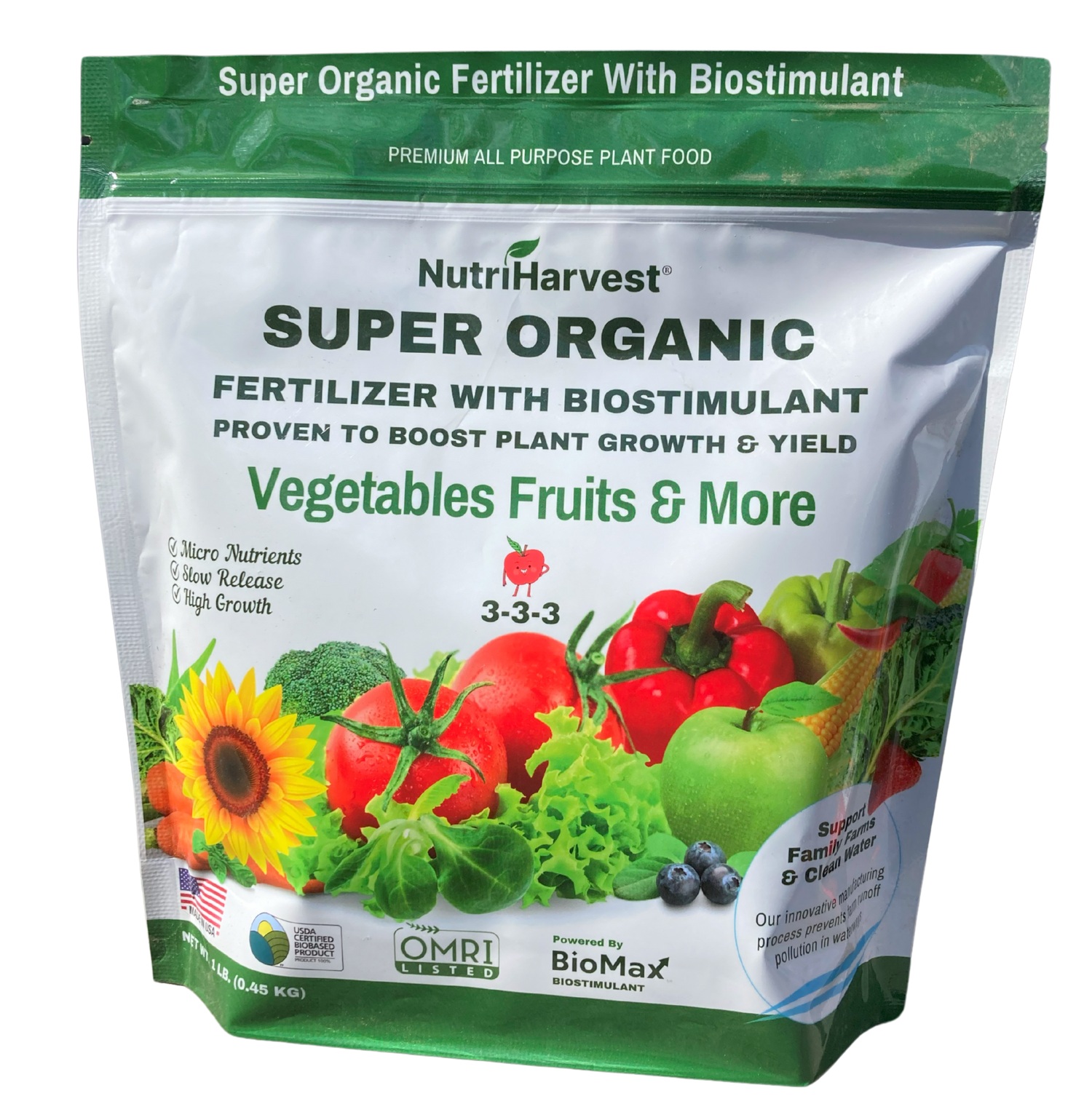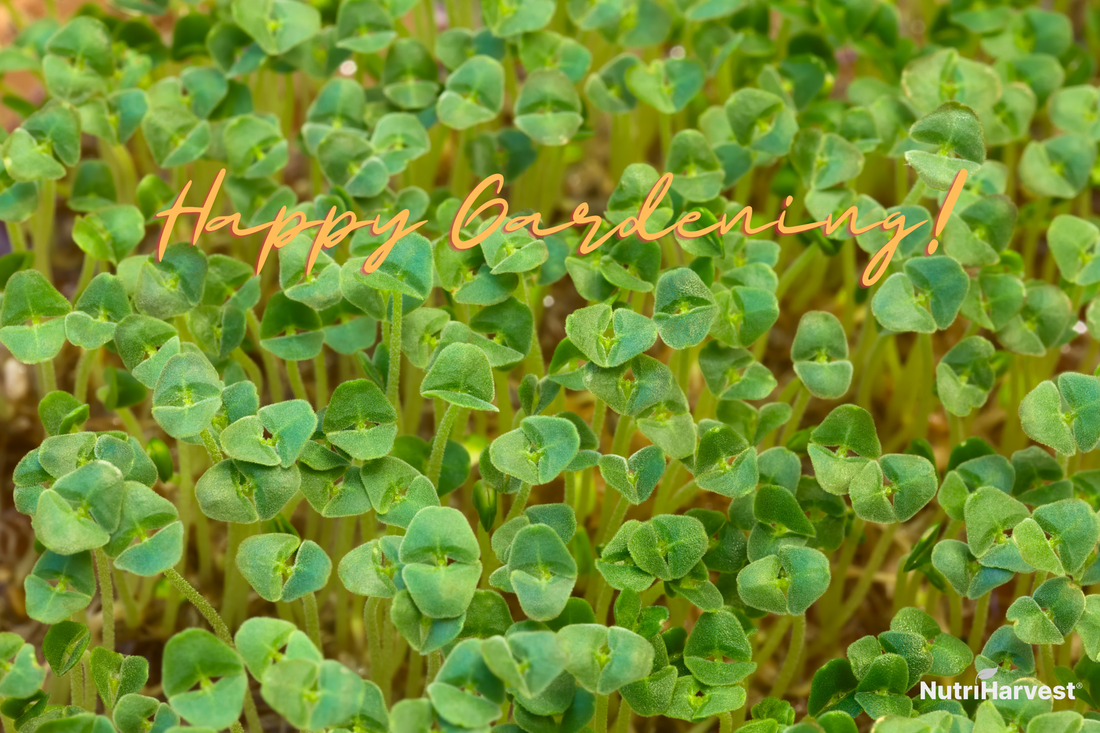Welcome to the exciting world of chia seeds and gardening with organic fertilizers! Whether you're a green-thumbed enthusiast or a curious beginner, this guide is tailored to make your gardening journey both enjoyable and fruitful. Growing chia seeds and using organic fertilizers are not just about planting seeds and waiting for them to sprout; it's an adventure into sustainable living and creating a thriving garden that's both beautiful and beneficial. So, let's dive into the fun and interesting world of chia seeds and organic fertilizers!
Chia Nutrition: A Superfood Powerhouse

Chia seeds are not just popular for their versatility in the kitchen; they are a nutritional powerhouse packed into tiny, digestible seeds. They are an excellent source of omega-3 fatty acids, crucial for brain health and reducing inflammation. Chia seeds are also rich in antioxidants, fiber, protein, and several essential minerals including calcium, magnesium, and iron. This remarkable nutritional profile contributes to a range of health benefits, such as promoting digestive health, enhancing heart health, and supporting weight management. Adding chia seeds to your diet is a simple way to boost your nutritional intake, and growing them yourself ensures you get the freshest seeds with the maximum health benefits.
Unleashing the Power of Chia Seeds in Your Garden
Chia seeds, small in size but mighty in benefits, are not only a superfood for your body but also for your garden whether indoors or ourdoors. They are incredibly easy to grow, making them perfect for gardeners of all levels.

Starting Your Chia Seed Adventure:
- Choose Your Spot: Chia plants love sunlight, so find a sunny spot in your garden or on your windowsill where they can bask in at least 4-6 hours of sunlight daily.
- Prepping the Soil: Use well-draining soil to avoid waterlogging. A mix of garden soil and compost works wonders for chia seeds.
- Sowing the Seeds: Scatter the chia seeds lightly on top of the soil and gently press them down. No need to bury them deep; a light cover of soil is enough to get them started.
- Watering Wisely: Keep the soil moist but not waterlogged. A gentle misting daily should do the trick until they sprout.
Watching Them Grow:
- Chia plants start showing their green sprouts within a week or two. They are pretty low-maintenance but keep an eye on the watering and sunlight.
Embracing Organic Fertilizers for a Thriving Garden
Now, let's talk about feeding your garden in the most organic way possible. Organic fertilizers are not just food for your plants; they enrich the soil with essential nutrients, improving overall soil health and biodiversity.

Why Go Organic?
- Sustainable and Safe: Non-burning organic fertilizers such as NutriHarvest® Organic Fertilizers are made from natural materials, making them safe for the environment, your plants, and you.
- Nutrient-Rich: Use slow relase organic fertilizers such as NutriHarvest® Organic Fertilizers. These nutreint rich organic fertilizers slowly release nutrients into the soil, providing a steady food source for your plants and enhancing soil structure.
The Exciting Outcome
Imagine walking into your garden and seeing the lush green of chia plants waving gently in the breeze. Not only have you grown these from tiny seeds, but you've also nurtured them in an organic environment that's healthy for the planet. You can harvest chia seeds for your dietary needs, knowing they're free from chemicals and full of goodness.

Let's Recap the Fun!
- Growing Chia Seeds: Easy and fun, with a sprinkle of seeds, a dash of sunlight, and a touch of water, you're on your way to harvesting your superfood.
- Organic Fertilizers: By embracing organic fertilizers, you're choosing a sustainable path that benefits not just your garden but the environment as a whole.
Gardening with chia seeds and organic fertilizers is more than just a hobby; it's a lifestyle. It's about making conscious choices that align with nature and sustainability. So, why wait? Start your gardening adventure today and join the thriving community of gardeners who've embraced the joys of growing chia and using organic fertilizers. Happy gardening!




